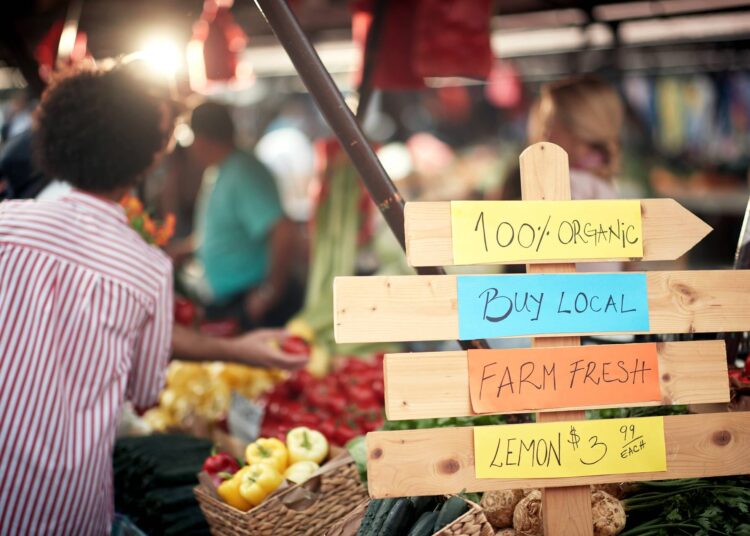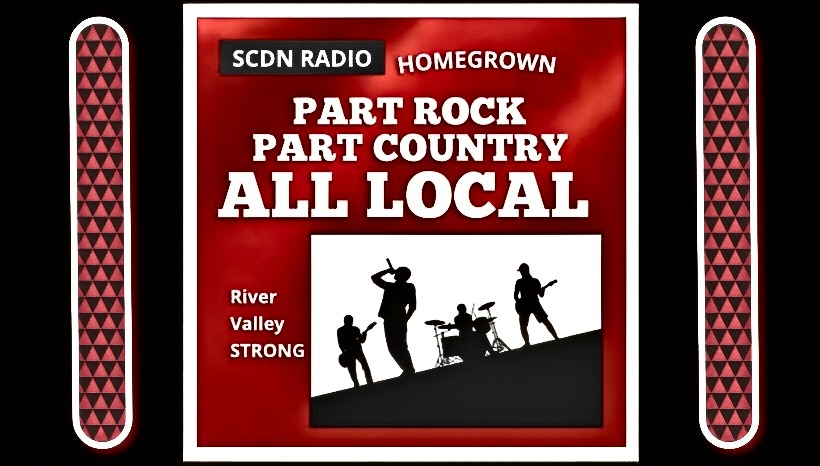Picture this: It’s 9:15 on a Saturday morning, and the local farmers market is already humming. A shopper walks past rows of booths until one stops them in their tracks. A handwritten chalkboard shares a quick story about the vendor’s grandfather planting the original orchard. The owner has labeled the jars with care, the signage is cohesive, and there’s a quiet confidence in how they have presented everything.
One booth over, a similar product is sold in mismatched containers with prices scribbled on paper scraps. The shopper moves on without a second glance.
That moment—when someone chooses one vendor over another—says everything about why branding matters at the farmers market. Let’s dig into what that branding is really doing.
Branding Tells a Story
Good branding doesn’t just announce what’s for sale; it gives shoppers a reason to care. That could be a tagline on a jar, a banner with the name of your farm, or a photo of your family harvesting tomatoes. These details don’t have to be slick, but they do need to say something true.
Shoppers today are more invested than ever in where their food comes from. Branding helps you tell your story before exchanging a single word with a customer. Vendors who include short origin stories on their product tags or signage often find that customers linger longer and ask more questions, opening the door to long-term loyalty.
Shoppers Read Visual Cues
People make snap decisions in crowded markets. Your visual identity helps them interpret the quality, freshness, and care that go into your product. Every detail sends a signal—clear signage, clean design, intentional packaging. It’s not about being fancy; it’s about being thoughtful.
That’s especially true when it comes to color psychology in produce packaging at the farmers market. Earth tones can reinforce values like sustainability or tradition, while saturated hues might highlight peak-season freshness. Even the type of container—glass jars versus plastic tubs—can imply quality and influence purchase decisions without a single conversation.
Trust Is Built Visually
At the grocery store, people can study a nutrition label. At the farmers market, they rely on you to tell the story instead. Transparency in your branding goes a long way. Listing ingredients on a baked good or sharing how long your greens were in the ground helps people feel informed.
Details like printed cards with farming practices or shelf talkers that explain flavor profiles make buyers feel taken care of. Include the harvest date, storage tips, or flavor pairings—something they can remember and use again. Those are the touches they remember and talk about later.
Values Make You Memorable
Branding is your first impression, but it’s also how people remember you. You should have crates made from reclaimed wood and compostable bags. These are choices that reflect values, and customers will notice.
Suppose you question why branding matters at the farmers market, think about what brings people back week after week. It’s not just taste; it’s trust. And that trust is built, in large part, by the story your booth tells without saying a word.





















































































